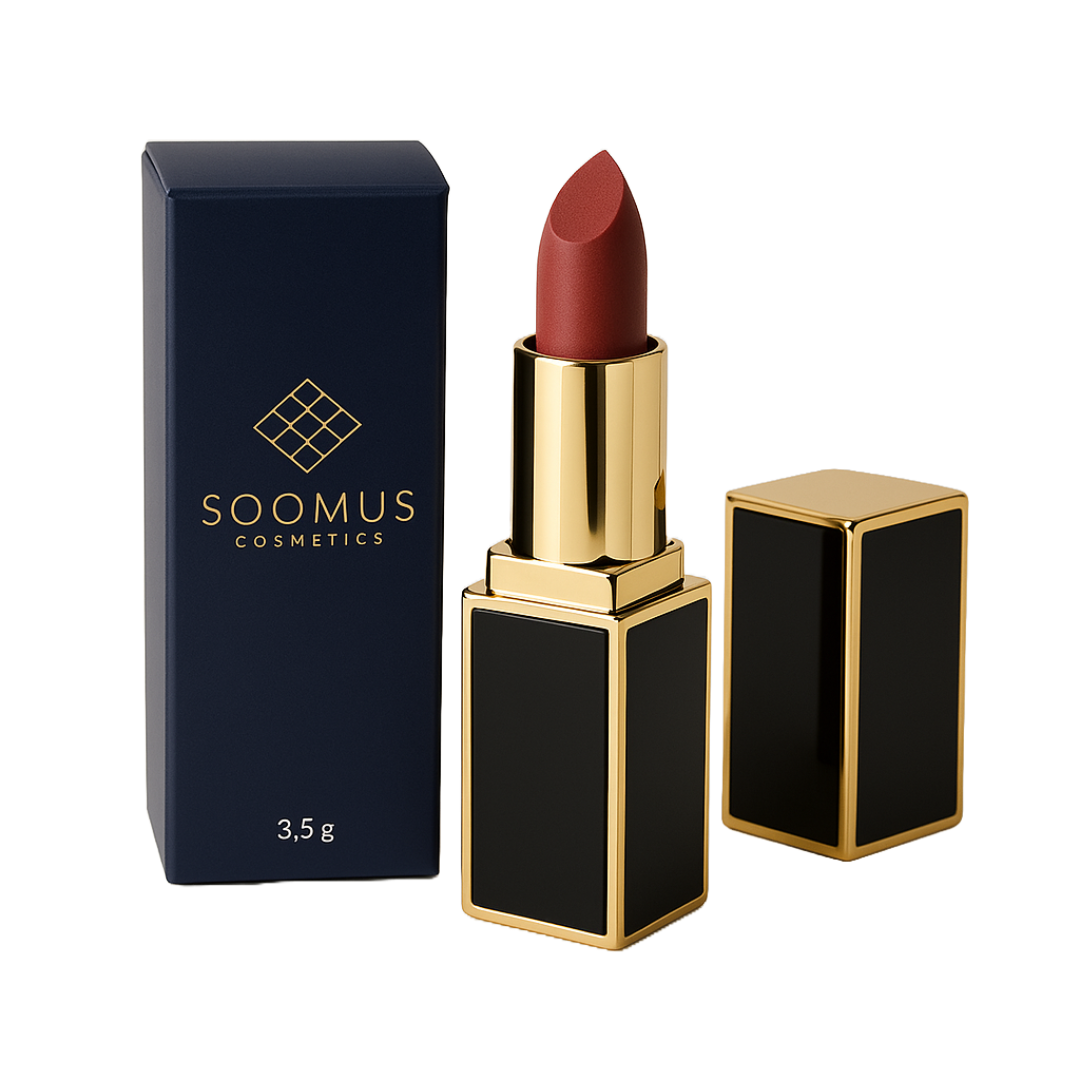Huulepulk on kahtlemata üks kõige püsivamaid kosmeetikatooteid läbi ajaloo. Nii naised kui ka mehed on erinevatel ajastutel huuli värvinud — kuigi see komme on ühiskondlike väärtushinnangute muutudes kord hääbunud ja siis jällegi taas populaarseks saanud. Huulte värvimise populaarsuse kõikumine on alati peegeldanud valitseva ajastu tagasihoidlikkuse, moraali või sotsiaalsete normide ideaale.
Vaatamata mõningatele negatiivsetele seostele on huulte värvimine jäänud püsima. Selle tähendus on ajas muutunud ja ei ole piirdunud vaid esteetilise välimuse parandamisega. Ajalooliselt on huulevärv sümboliseerinud näiteks sotsiaalset staatust või isegi protestivormi ja vabanemist. Viimastel kümnenditel on huulepulgast saanud vahend, millega tuua igapäevaellu Hollywoodi sära, tõsta meeleolu või lihtsalt rõhutada loomulikku ilu. Samas on huulepulga müük langenud majandussurutiste ajal — mistõttu võib seda pidada ka ühiskondliku meeleolu baromeetriks. Huulepulk on rohkem kui lihtsalt kosmeetikatoode: see on sümbol, rituaalivahend ning eneseväljenduse, naiselikkuse ja võrgutamise märk.
Just sellest ajatusest ja tähenduskihtidest inspireerituna alustan oma teekonda klassikaliste dekoratiivkosmeetikatoodete maailmas huulepulkadega. Armastus aegumatute ilulemmikute vastu suunab mind looma tooteid, mis ei järgi pelgalt trende, vaid kõnetavad sügavamat sidet eneseväljenduse ja enesekindlusega. Kõik tooted valmivad Eestis, austusega toorainete kvaliteedi ja käsitöö vastu. Juba lähitulevikus plaanin laiendada oma tootevalikut veelgi klassikalisemate ilutoodetega nagu peitekreem, lauvärv ja ripsmetušš — kõik loodud samas vaimus: aegumatutes toonides, ehtsana ja kodumaist ilu rõhutavana.
xo
Signe Rosimannus
Kosmetikatoodete arendaja

